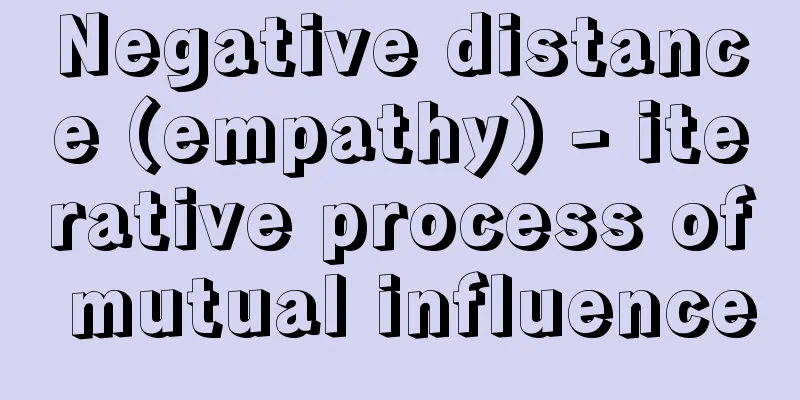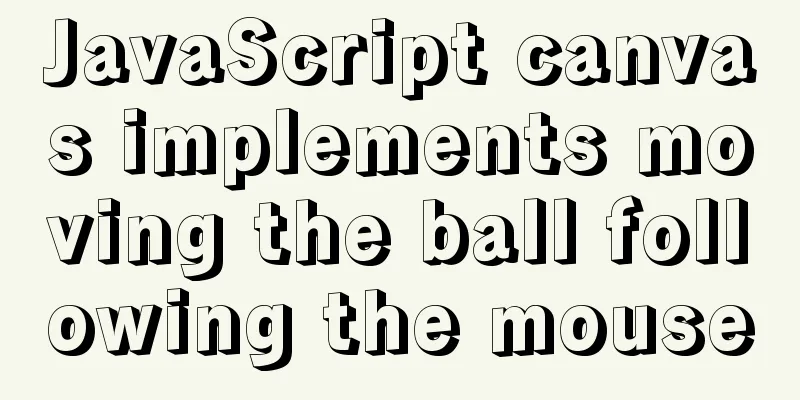Negative distance (empathy) - iterative process of mutual influence

 Product managers grasp the function - refers to the beneficial role played by things or methods. Such as practicality and operability. Designer-driven Condition - used to indicate the completeness of the collection. But I personally like to use this word to compare it to the pursuit of beauty. One is real, the other is imaginary. It is hard to mix them up. Because they are opposite in nature, conflicts are likely to arise when opinions differ. Should I stick to my own position? Or compromise? If you insist on your position, then question 1 comes: If your design doesn’t even impress the person in front of you, how can you convince consumers with your design? Question 2: How can you convince them of your design? Diverge a bit: What is emotional intelligence? One's own emotions, managing emotions, self-motivation, identifying other people's emotions, and handling interpersonal relationships are all emotional intelligence. Emotional intelligence determines your temperament, and your temperament determines how you behave and deal with others. To put it in a smaller scope, it affects the delivery process between you and the product (affects intelligent communication). The first question everyone wants: A man and a woman are facing each other in a place where they can't reach each other. If they can't move forward, is there any way for the two people to be able to intercourse and become negative distance? The answer is simple: The retreat method: since you can't move forward, then retreat, use the method of retreating to advance to think from the other person's perspective, and walk to the other person's foothold or position to see the real object. Experience tells: The birth of a good project will certainly involve no less than various modifications and optimizations. Some projects may have no less than 10 major revisions and dozens of minor modifications and optimizations since you took over, which can easily make people anxious and restless. Then there will be all kinds of complaints and overtime. We don’t judge the product manager’s ability, but analyze our own mentality first. When you received this project, was your mindset: to perform tasks mechanically without any thought, to complete the task quickly, to finish it early and hand it in early, and to follow the steps and the interaction diagrams? After finishing, I found that the faster I finished the work, the longer it took to go back and revise it than the time I had done it before. Over time, the product will increasingly think that you are just a brainless executive designer. Try to change your mindset and after receiving the task: Think about it, why is this interactive draft unreasonable? Would it be better to put the button in another place? The interactive draft is divided into two parts from left to right, so is it okay for my design draft to be distributed up and down? (Example 1) Digital Mall Floating Layer (Simple Floating Layer Request) If you receive the request, what do you think? Should we just make a floating layer? Or should we think about making a visually impactful alien shape?  Or think about integrating the content into one screen to bring users a superb visual effect and bring greater and more direct benefits to the product? A thoughtful page is both beautiful and achieves the project purpose required by the product.  I was pleasantly surprised to find that this designer not only knows how to design, but also puts a lot of thought into the design. (Building up word of mouth); I was surprised to find that the designer had fulfilled this requirement and added some new ideas of his own. Result: All good solutions: It is a good thing to have your own ideas, but how to resolve conflicts? 1. First think about whether the other party's opinion is reasonable and whether your method is consistent with the purpose of the product; 2. Communicate using your own ideas and language; 3. Use data or references to explain things (for example, how other websites do the same thing); 4. Third-party communication: If the two people can’t communicate anymore and both insist on their own positions, bring in an interaction designer (mentor/lida, etc.) to make a decision after listening to the opinions of the third party. 5. If the other party is so stubborn and cannot be persuaded, and you have tried your best, then compromise! You must insist on the appearance issue, and understand the product goals and functional intentions in functional design. Being a designer who understands products does not mean being stubborn and sticking to your own opinions, but impressing product managers with your abilities. Therefore, improving professional skills is also the best way to reduce quarrels. Professional skills, (add more professional knowledge) communication skills. 1. Be good at discovering small designs in life (such as shopping at IKEA). Others look at the price on the sign, but you look at the layout of the sign; 2. Work hard (Newcomers generally have a common problem, they are afraid of trouble. "This effect is beautiful, but it is too troublesome to make.") When designing, have you ever said this to yourself? The more you fear trouble, the worse the work will be; 3. Be foresighted and don’t be afraid of trouble. Never rely on luck and think that it’s OK as long as it’s good enough, because they don’t understand it anyway. Avoid things that may be sent back for revision; 4. There is only one process after receiving the demand: communication - preparing materials - creation. There is no shortcut; How do you deal with problems when creating? 1. Judge based on your own experience 2. Reference 3. Ask a third party No one in the world will be enthusiastic enough to teach you something. If you don’t understand something, ask humbly without worrying about face or anything. A truly smart person is happy to ask questions, because he knows that when I understand the problem, this skill will be my own. If you don’t ask, you will never understand. Others are always a few steps ahead of you. Workflow: Finally, let me share with you the process of my requirements: 1. After receiving the task email, the first thing to do is to use RTS to remind the people who need it this week: "Good morning, your request will be sent to you tomorrow, please prepare it"; 2. After receiving the requirement document, read it through first, and then ask the demander to come over for face-to-face communication. (Face-to-face communication can avoid misunderstandings in understanding and communication) During the communication, ask about: style, target audience of the page, functions, key points, including things in the document that you don’t understand or are unreasonable. And your own ideas; 3. The creative process; 4. After the creation is completed, give the requirements to the demander: "Hello, the page has been completed, see if there are any adjustments or modifications"; 5. Continue to create or modify after receiving the modification suggestions, and then send the other party: "Hello, the page has been modified. Is there anything else to modify? If not, I will send a reconstruction;" 6. Send a refactoring and give feedback to the demander: "Your demand has been refactored. If you have any questions, please communicate in time." Seeing this, some people may feel that this is too unfair to them, why should they be treated so politely; To quote an old saying: "The more polite you are, the less blame you will get." It makes sense. Only when you are polite to others, will they be polite to you, and will not deliberately make things difficult for you. After a long period of cooperation and a tacit understanding, you will be more comfortable with it, and the demander will also have confidence in what you have done. The reputation you have left will gradually make people admire you over time; How to convince them with your design? The solution is very simple: think from the other person’s perspective, design carefully, and be open-minded. If you want others to respect you, respect others first. We are still young, and it is not a bad thing to suffer a little loss! |
<<: Mysql uses stored procedures to quickly add millions of data sample code
>>: Introduction to the difference between OBJECT and EMBED tags used to display flash content
Recommend
js canvas realizes circular water animation
This article example shares the specific code of ...
6 Uncommon HTML Tags
First: <abbr> or <acronym> These two s...
How to elegantly back up MySQL account information
Preface: I recently encountered the problem of in...
How to disable ads in the terminal welcome message in Ubuntu Server
If you are using the latest Ubuntu Server version...
How to load the camera in HTML
Effect diagram: Overall effect: Video loading: Ph...
MySQL 5.7.18 master-slave replication setup (one master and one slave) tutorial detailed explanation
1. Replication Principle The master server writes...
Common attacks on web front-ends and ways to prevent them
The security issues encountered in website front-...
How to export mysql query results to csv
To export MySQL query results to csv , you usuall...
Detailed explanation of pure SQL statement method based on JPQL
JPQL stands for Java Persistence Query Language. ...
How to keep the content within the container when the flex layout is stretched by child elements
On mobile devices, flex layout is very useful. It...
MySQL MyISAM default storage engine implementation principle
By default, the MyISAM table will generate three ...
MySQL backup table operation based on Java
The core is mysqldump and Runtime The operation i...
MySQL Optimization Solution Reference
Problems that may arise from optimization Optimiz...
Reasons and solutions for MySQL sql_mode modification not taking effect
Table of contents Preface Scenario simulation Sum...
Detailed explanation of JavaScript to monitor route changes
Table of contents history pushState() Method push...









